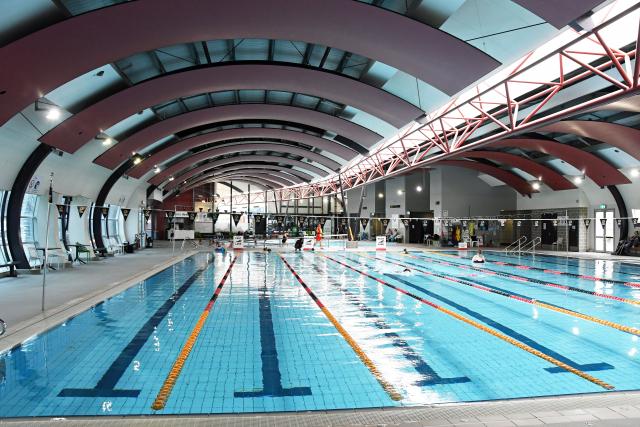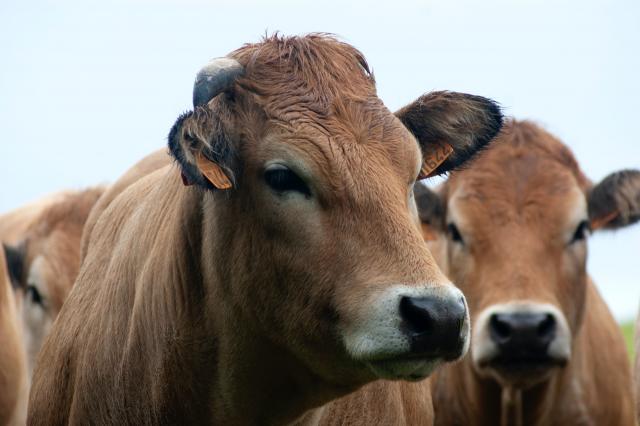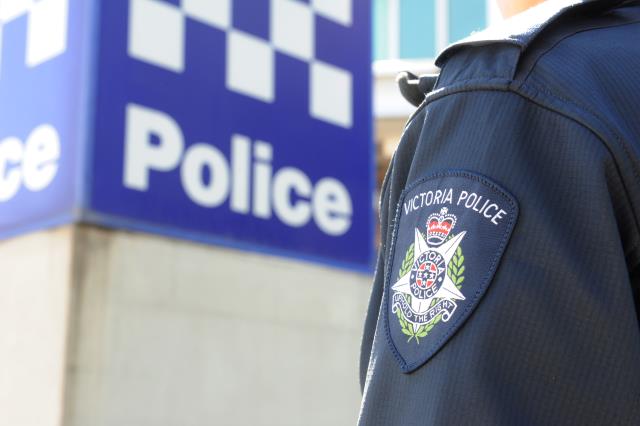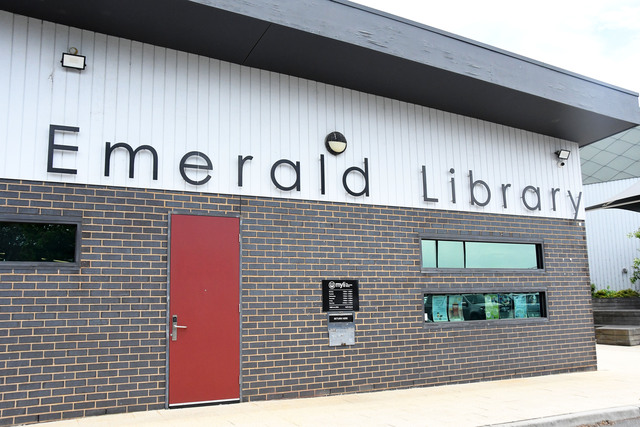Drownings across Australia have increased by a fourth compared to the last decade’s average, putting into relief the most vulnerable of the community, as multicultural and older residents each represent a third of all deaths.
Royal Life Saving Society Australia (RLSS) has released its annual National Drowning Report for 2025, finding that 357 people drowned in Australia over the last 12 months, a 27 per cent increase compared to the 10-year average.
The highest demographics represented in the deaths were adults over the age of 65 and members of multicultural communities, where the country of birth was known.
They each made up 33 per cent of all deaths.
Older Australians saw the largest increase of 48 per cent compared to the ten-year average, 65 years and older have the highest drowning rate of all age groups of 2.51 per 100,000.
Longtime resident of Pakenham, Anne Dunn has not been comfortable in the water most of her life due to a traumatic experience swimming when she was a child.
She has had to get into the water more later in life with aquatic exercise at Cardinia Life through her involvement with the Pakenham Arthritis Self Help Group.
Still, there is a certain water level that she finds hard to cross and she has seen other older members of the community uncomfortable in the water.
“It’s important for the older generation as well to have that support,” she said.
Older Australians have different factors to consider around the water, such as unique health conditions or limited mobility.
Maintaining strength in the water and providing equipment like life jackets, particularly in coastal settings, is a direction Ms Dunn suggests.
“Having the ability to save yourself, even if you could swim. If you’ve got specific conditions, that’s why I think it’s so important to, if you’re in that position, to have life jackets,“ Ms Dunn said.
“I think they’re the things that people in our position need to be aware of and focus.“
Of drownings 65 years and over, 84 per cent were male. Of all drownings, 81 per cent were male.
RLSS declared it a major priority to promote water safety skills and tailored prevention measures for older Australians.
The vast majority of drownings occurred on the coast or in inland waterways.
The report highlighted social disparities; one in ten children who had never attended a swim lesson were mostly from low socio-economic backgrounds.
A key direction marked by RLSS is to continue a localised focus on safety, providing local groups and planning to advocate and deliver water safety programs in their communities.
The report also reiterated a commitment to developing programs targeting multicultural communities to teach water safety to adults, which was first initiated in Victoria at Cardinia Life last year and remains a growing program across the State.
Organiser of the original Safely Engaging with Water Program, Harpreet Singh said there must be continued focus on children of all backgrounds.
“Schools need to invest more in the swimming curriculum,“ he said.
“Kids need to motivate parents to learn swimming, especially in multicultural communities.
“Parents need to understand and engage with water safety to make sure holidays are enjoyable, safer and memorable for good reasons. Everyone is urging that parents always supervise children around water; swim on patrolled beaches between flags and check the conditions while planning aquatic activities, including weather forecasts.“
Overall, RSLL asserted that continued targeting of primary and secondary school ages is a priority of the plan to see reduced drownings by 2030. Emphasised by worrying trends that almost 40 per cent of year 10 students are estimated not to be able to swim 50 metres and float for two minutes, the national benchmark set for 12-year-olds.
Key recommendations of the report included the creation of a National Public Pool planning framework and investment program.







